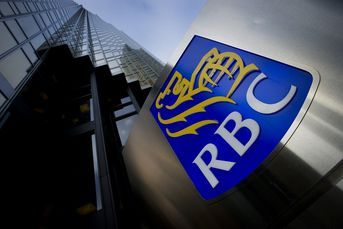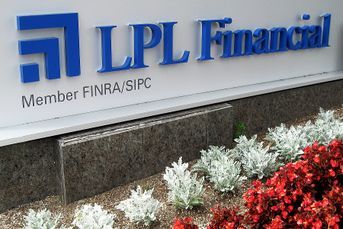Asset growth slumps across the advisory world in 2014
Overall, both wirehouses and RIAs brought in around half of what they had been adding in previous years.
After double-digit increases in recent years, annual growth in assets under management at major wealth management firms slowed considerably in 2014, even as the stock market continued to perform well.
All four major wirehouses posted AUM growth of about 6% in 2014, well below the average of about 10% to 12% in previous years. Charles Schwab & Co.’s Advisor Services unit, which holds money for more than 7,000 registered investment advisers, grew by 10%, but that was still half of the 20% growth in assets under management it saw in 2013 and less than the 16.2% growth in 2012.
Growth in assets under management is a closely watched metric in judging the health of the industry. With the shift toward asset-based fees, AUM growth has a “very direct” impact on revenue growth, according to Alois Pirker, a research director who focuses on the wealth management sector for Aite Group.
Fee-based asset growth at the wirehouses, which usually increases at a rate equal to the RIA channel, also slowed by about half. Morgan Stanley, for example, increased fee-based assets by 13% in 2014, down from 26% in 2012.
That’s despite another strong year in the equity markets, with the S&P 500 Index returning close to 12% for 2014.
“What caused that lower growth in 2014 compared to 2013, I am not sure, especially as markets performed well,” Mr. Pirker said. “Nervousness in the market has increased in the last couple of quarters, so maybe that was contributing to that drop.”
Shirl Penney, a founder of Dynasty Financial Partners, which oversees a network of about two dozen independent firms, said market performance, while strong, was still down from the previous year, which may have resulted in some of the overall industry declines. The S&P 500 returned nearly 30% in 2013.
It would be hard to determine the exact cause without being able to see whether the slowdown happened mostly in organic growth or from recruited assets, Mr. Penney said.
And while one would expect lower net new money (how much firms bring in from outside) resulting in lower asset growth, that wasn’t true for all firms, Mr. Pirker said. For example, Merrill Lynch’s client balance flows (money coming into the firm from recruits, new clients or outside assets of current clients) were $49 billion in 2014 — a post-merger record, although that number includes loans and deposits.
The slowdown could have come from clients taking money out, either for taxes, purchases or retirement, although that would result in a more gradual decline, Mr. Pirker said.
“The growth halved here, which is more than that,” he said.
Clients may also have shifted their allocations to fixed income, for example, after the 2013 returns, and not seen as much of the upside in 2014, Mr. Penney said, although he noted that asset flows at his company’s partner firms “remain strong.”
Spokesmen at all four wirehouses and Schwab declined to speculate on the decline.
A spokeswoman for Wells Fargo, Rachelle Rowe, said the firm views 4% growth as a “positive.”
At Bank of America Merrill Lynch, spokeswoman Susan McCabe said the focus on AUM growth “doesn’t tell the full story.” Other growth metrics remained strong and consistent, she said, pointing to fourth quarter earnings.
Indeed, the decline didn’t seem to cut into overall profitability for the firms. UBS Wealth Management, for example, posted the most dramatic asset growth decline from about 16% in 2013 to 6% in 2014. Still, its almost 7,000 brokers were the most profitable on the Street , bringing in an average of $1.09 million last year, up 5% from $1.04 million in 2013. Other firms posted similar growth in revenue per adviser.
To be sure, the data provide only an overall picture and results may differ at specific firms. A spokeswoman for TD Ameritrade’s RIA custody unit, Kristin Petrick, said the firm has seen double-digit growth in asset balances since 2009, and that the number stayed “relatively strong and steady” through 2014. The firm, however, does not publicly disclose assets in its institutional division.
Learn more about reprints and licensing for this article.






